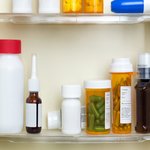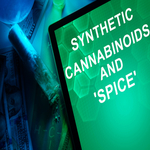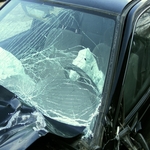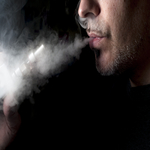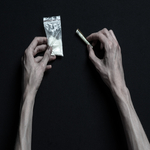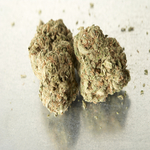Working a program of recovery requires eternal vigilance; it is crucial to stay away from risky situations and all mind altering substances. Many people, upon finding recovery, will begin looking for ways to lead a healthier life, one that usually includes exercise and eating well. Today, every health oriented grocery store and most general groceries carry a product called kombucha – a type of tea. While there are many claims made about the health benefits of kombucha, such as healthier digestion and having the ability to cure a number of illnesses, there is very little evidence to support such claims.
There are a number of people in recovery who drink kombucha, a drink which is unique when it comes to teas in that it is made by a fermentation process using a “symbiotic ‘colony’ of bacteria and yeast” (SCOBY). One the byproducts of the process includes the production of relatively minute amounts of alcohol – typically .5 percent by volume. Commercial kombucha makers are required to place a warning label about the presence of alcohol on each bottle, but the drinks can be purchased by minors because the drinks are considered to be non-alcoholic.
Unlike beer and liquor, kombucha continues to ferment after being bottled, which means it is possible for there to be more alcohol present at the time of consumption than what is labeled. United States law says that a drink with an alcohol content above half of one percent is considered an alcoholic beverage, which makes it subject to different rules and regulations.
The Alcohol and Tobacco Tax and Trade Bureau (TTB) sent warning letters to some kombucha makers, for selling products which had alcohol levels above one-half of 1 percent, The Wall Street Journal reports. Last month, two consumer complaints seeking class action status were filed in California – alleging that Millennium Products Inc. (one of the largest kombucha manufacturers) engaged in deceptive practices in alcohol-content labeling.
One of the consumer complaints claims that some of Millennium Products Inc. drinks had alcohol levels of up to 3.8 percent. One beer typically contains an alcohol content of 5 percent, according to the article.
“There are people who can’t drink [alcohol] for religious or health reasons. Folks deserve to know what they’re drinking,’’ said Thomas Hogue, a spokesman at the Alcohol and Tobacco Tax and Trade Bureau.
If you are in recovery, it is always a safe bet to refrain from consuming alcohol at any content level – cough syrups, near-beer, and kombucha. An alcohol content level below half of one percent is still “alcohol,” consuming even small amounts of booze could lead to cravings and a potential relapse.
__________________________________________________
If you are or a loved one is abusing alcohol, please contact Harmony Foundation to begin the journey of recovery. Harmony is a state-of-the-art, affordable, residential addiction treatment program located in the Rocky Mountains.
Addiction and recovery news provided by Harmony Foundation.


